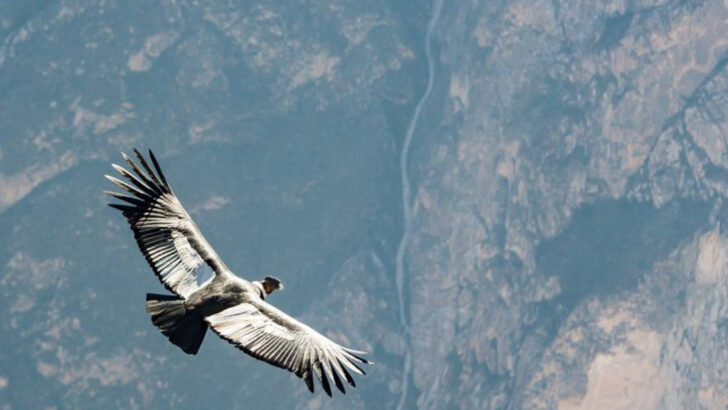Exploring the vast skies, some birds reach astonishing heights that leave us in awe of their flight capabilities.
These remarkable creatures conquer the atmosphere with grace and endurance, showcasing the wonders of avian evolution.
In this article, we delve into the world of the highest flying birds, uncovering the unique attributes that enable them to soar to such incredible altitudes.
Each bird’s story is a testament to nature’s ingenuity, highlighting adaptations and features that allow for impressive aerial feats.
Join us as we explore 18 remarkable birds and how high they truly fly.
Rüppell’s Griffon Vulture
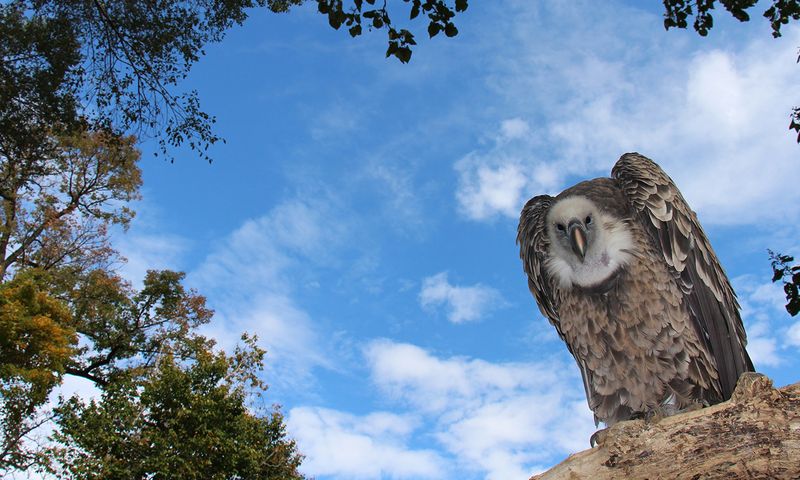
Rüppell’s Griffon Vulture is famous for reaching an altitude of 37,000 feet, higher than any other bird. Its large wings and keen eyesight enable it to glide effortlessly across the African skies.
Interestingly, its hemoglobin is specially adapted to bind oxygen efficiently, even at such high elevations.
Common Crane
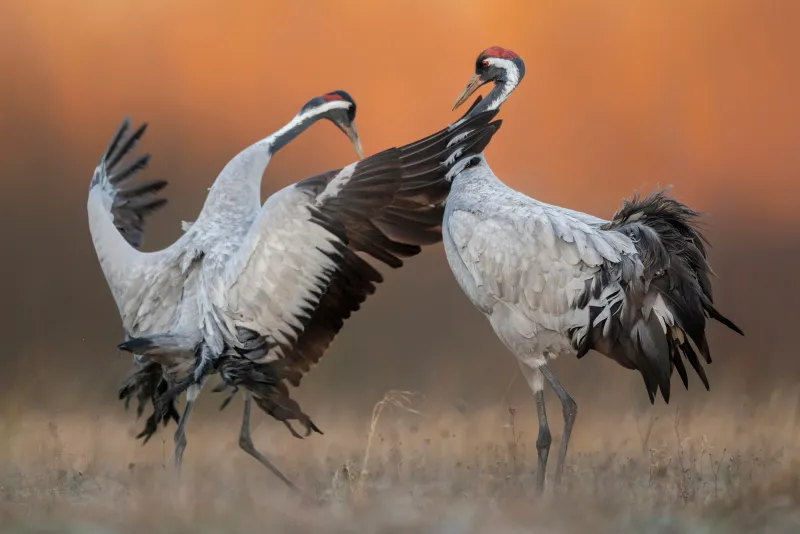
The Common Crane, known for its elegant stature, can reach altitudes of 33,000 feet. Celebrated for its migratory prowess, this bird travels vast distances across continents.
Its flight formation reduces air resistance, allowing it to conserve energy on long journeys.
Bar-headed Goose
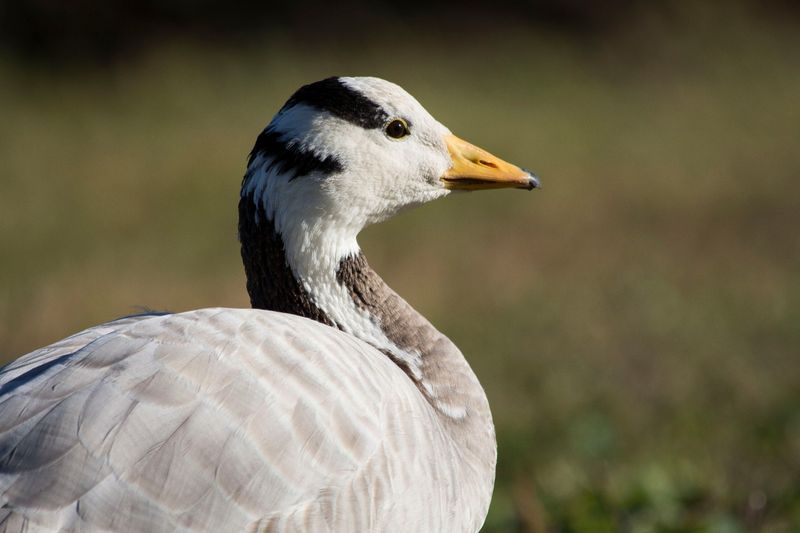
Bar-headed Geese are renowned for crossing the Himalayas at 29,000 feet, a feat that challenges even human mountaineers. Their extraordinary oxygen absorption and efficient wing flapping make this possible.
These geese are a symbol of resilience and determination in the avian world.
Whooper Swan
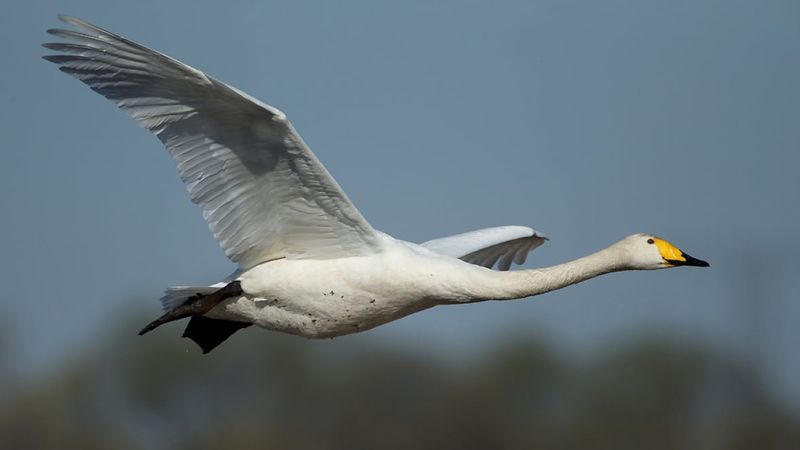
With a flight ceiling of 27,000 feet, the Whooper Swan is a marvel of avian adaptation. Its powerful wings and streamlined body allow it to navigate cold climates with ease.
This swan’s distinct honking calls echo across its migratory paths, adding to its majestic presence.
Alpine Chough
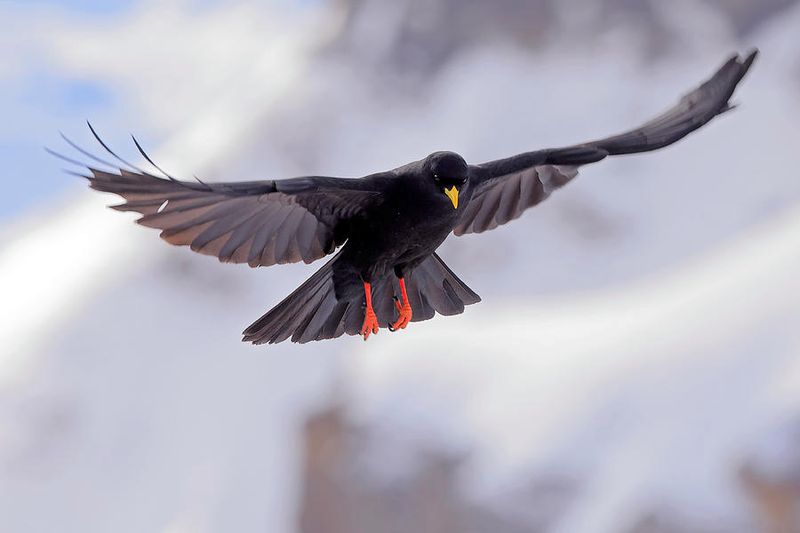
The Alpine Chough is often seen soaring at altitudes of 26,500 feet. Its agile flight and playful aerobatics make it a common sight in the European Alps.
These birds are both social and intelligent, often foraging in flocks and displaying remarkable problem-solving skills.
Andean Condor
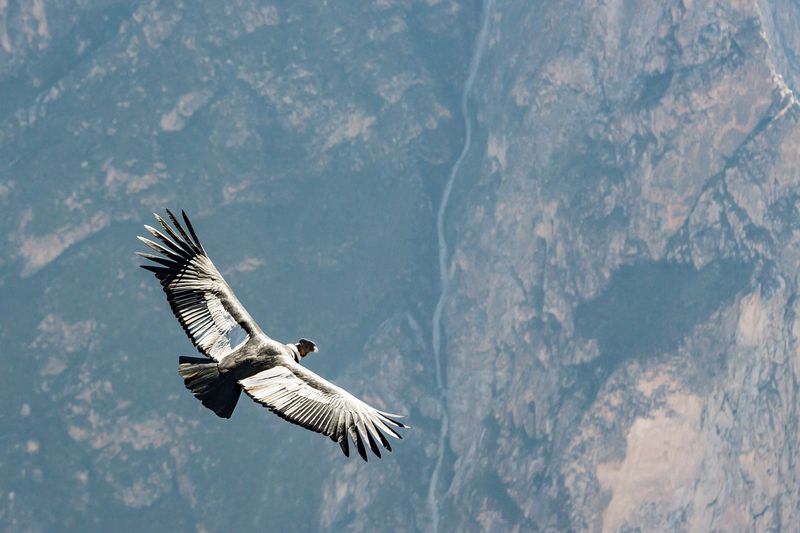
Soaring at altitudes of 21,300 feet, the Andean Condor is a symbol of power and freedom in South America. Its impressive wingspan allows it to ride thermals with minimal effort.
As scavengers, they play a crucial role in the ecosystem by cleaning up carrion.
Mallard

Mallards are common yet extraordinary, capable of reaching altitudes of 21,000 feet. Known for their adaptability, these ducks thrive in diverse habitats.
Their vibrant plumage and characteristic quacking add charm to many water settings globally.
Bearded Vulture
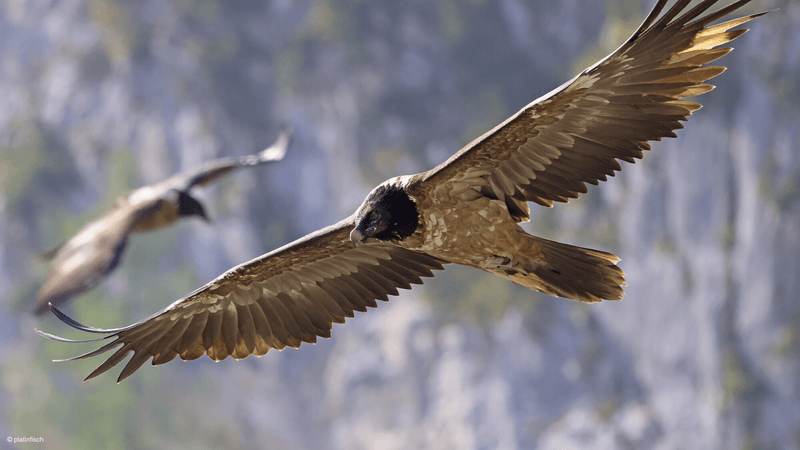
The Bearded Vulture, flying up to 24,000 feet, is known for its unique dietary habits, feeding primarily on bone marrow.
Its striking appearance and specialized feeding techniques make it a fascinating subject for ornithologists and bird watchers alike.
Bald Eagle
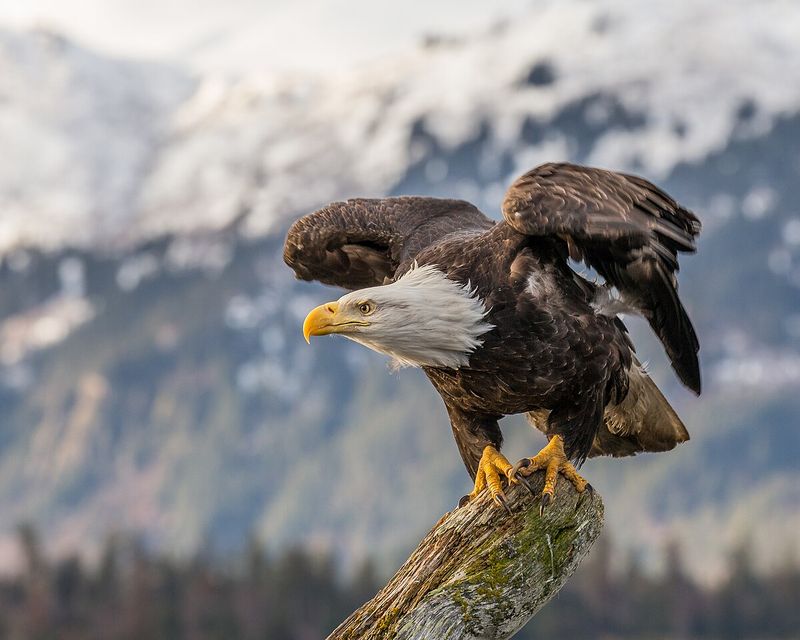
Renowned for its powerful build and keen vision, the Bald Eagle can soar as high as 10,000 feet. It symbolizes strength and freedom, often seen gliding across North American skies.
Its hunting prowess and majestic flight captivate many wildlife enthusiasts.
White Stork
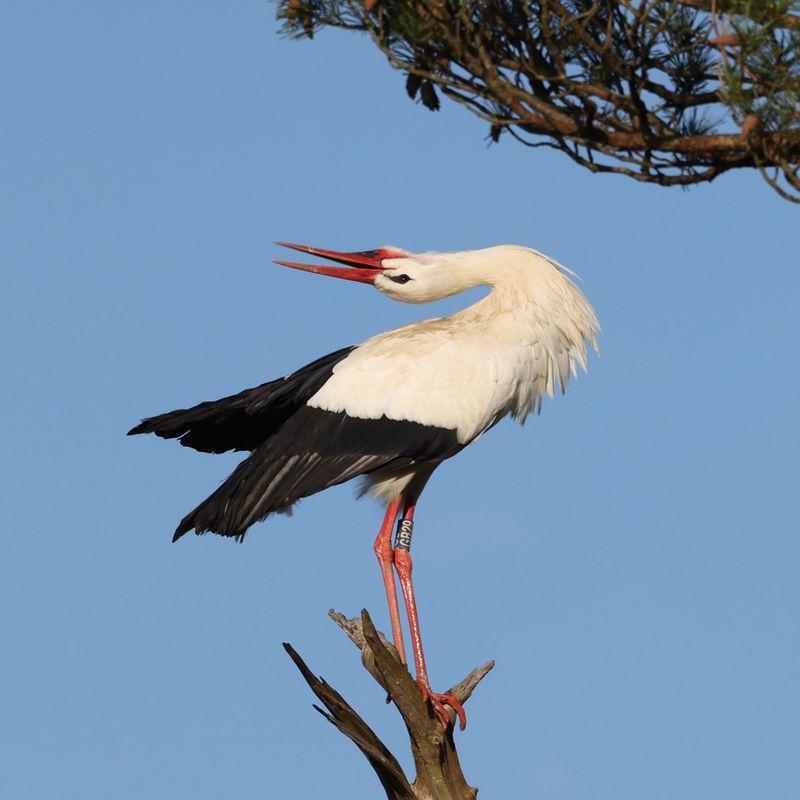
Reaching altitudes of 16,000 feet, the White Stork is emblematic in many cultures. Its migratory journey from Europe to Africa is a spectacle of endurance and navigation.
Known for its large nests, this bird has a strong presence in folklore and literature.
Red-tailed Hawk
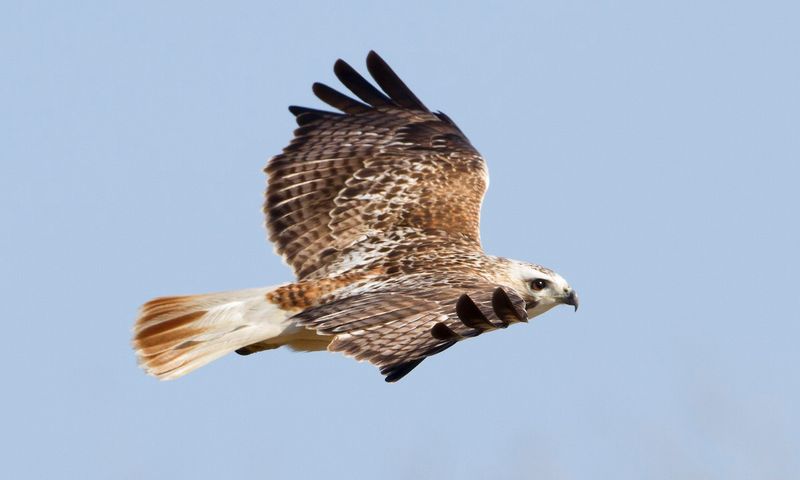
The Red-tailed Hawk, often seen spiraling at heights of up to 10,000 feet, is a master hunter. Its adaptability to various environments has made it one of the most widespread raptors in North America.
The hawk’s distinctive tail and piercing call are iconic.
Swan Goose
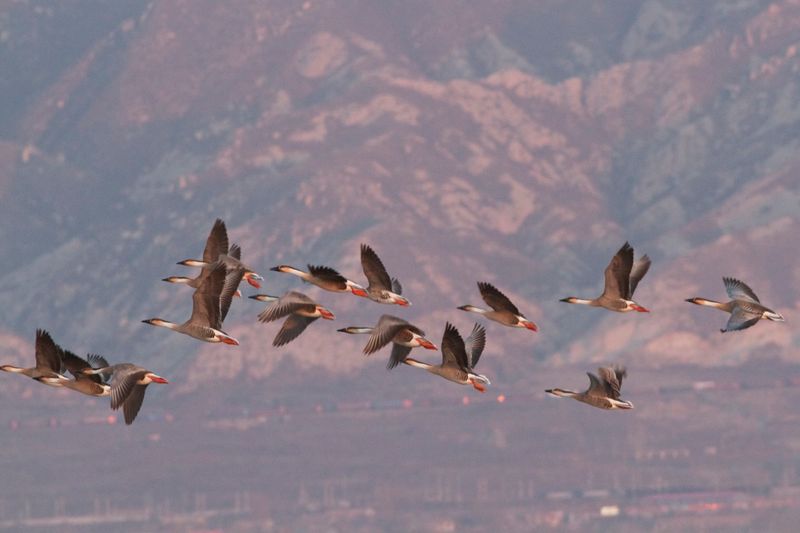
With flights up to 19,000 feet, the Swan Goose is a testament to avian endurance. Native to the steppes of Mongolia and China, it is celebrated for its migratory patterns.
These geese have unique vocalizations that carry over long distances, enhancing their social bonds.
Black Kite
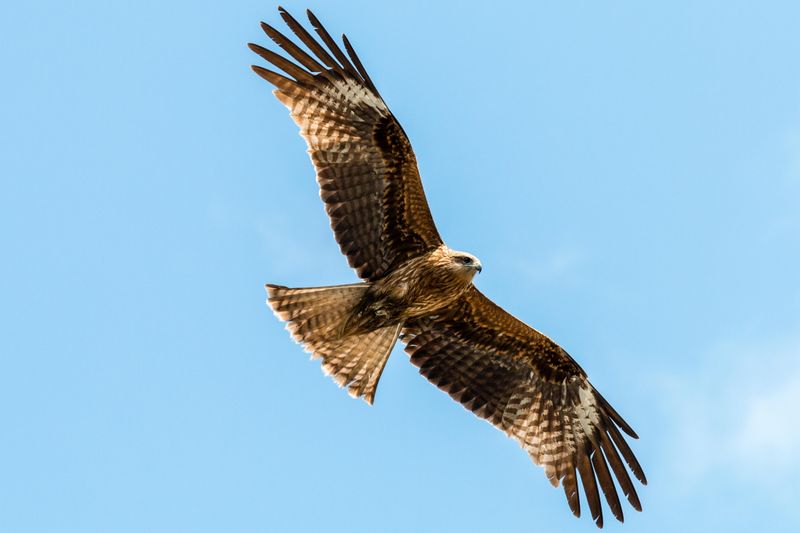
The Black Kite is a familiar sight across Europe, Asia, and Africa, known for its effortless gliding and scavenging habits. These birds are often seen flying at significant altitudes, taking advantage of thermals to travel long distances with minimal effort.
Unlike many birds of prey, Black Kites are opportunistic feeders, often seen soaring above urban areas in search of food scraps. Their adaptability has earned them a reputation as one of the most widespread raptors.
A fun fact about Black Kites is their impressive agility in flight. They can easily maneuver through the air, making them skilled at catching insects on the wing, a trait not commonly associated with larger birds.
Mute Swan
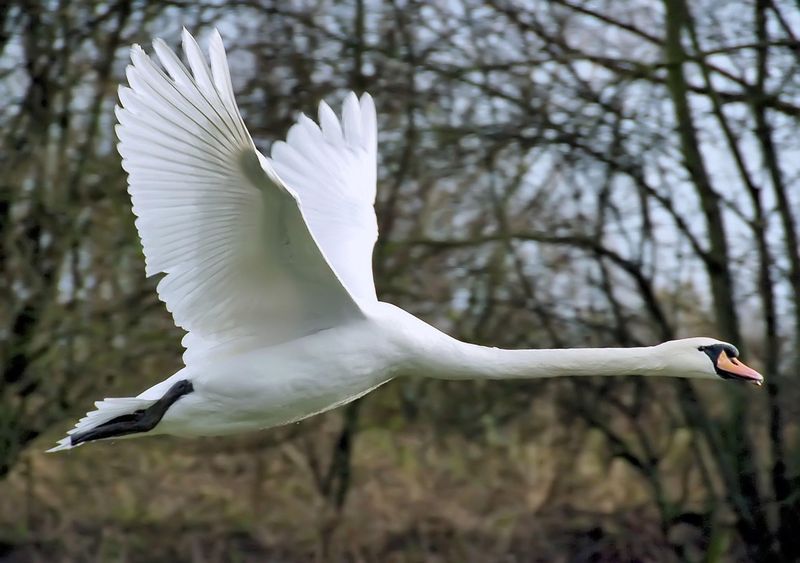
The Mute Swan, with its serene beauty, can fly up to 9,000 feet. These swans are known for their graceful movements and strong pair bonds.
Their presence in myths and fairy tales underscores their significance in human culture.
Golden Eagle
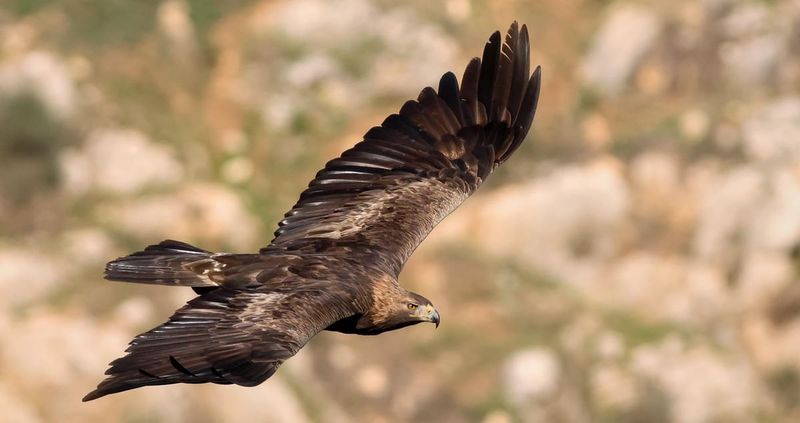
Golden Eagles are capable of reaching heights of 15,000 feet. These powerful raptors are revered across many cultures, symbolizing courage and wisdom.
With their remarkable hunting skills, they dominate the skies over vast territories.
Great White Pelican
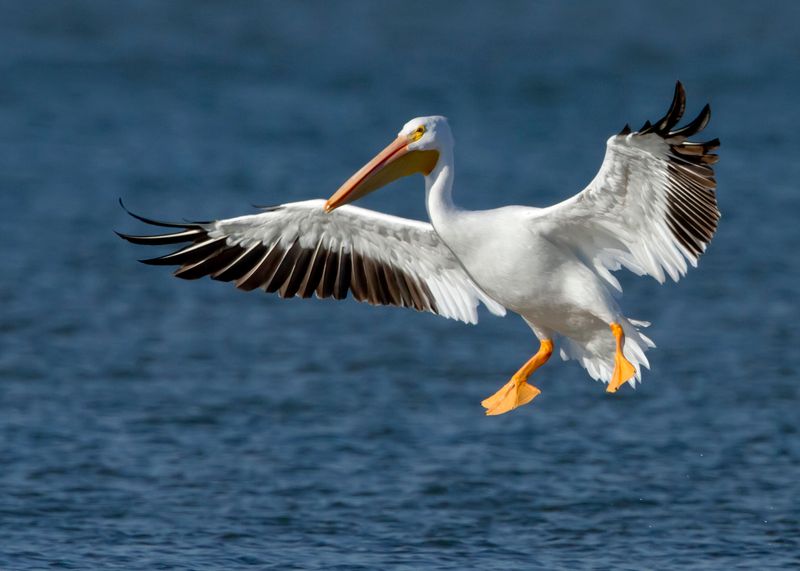
Flying at altitudes of 10,000 feet, the Great White Pelican is a master of cooperative feeding, often seen in large groups.
This bird’s impressive wingspan and distinctive bill make it a standout species among waterbirds. It’s admired for both its beauty and ingenuity.
Lappet-faced Vulture
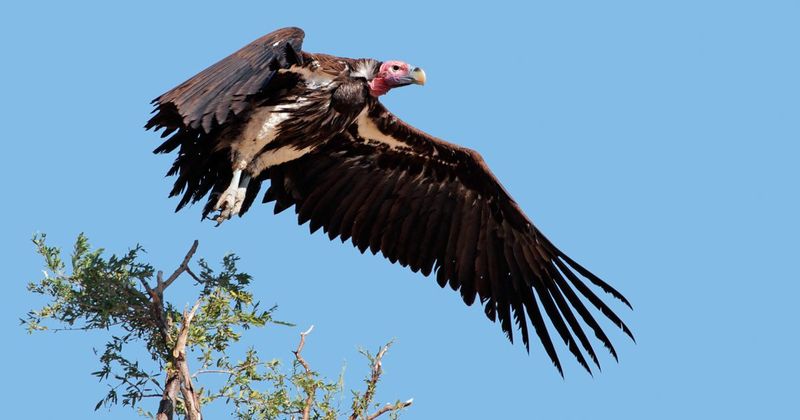
The Lappet-faced Vulture, soaring at 12,000 feet, is the largest vulture in Africa. Its formidable presence and strong, hooked beak make it an apex scavenger.
These vultures are vital to their ecosystems, ensuring the balance by consuming carrion.
Steppe Eagle
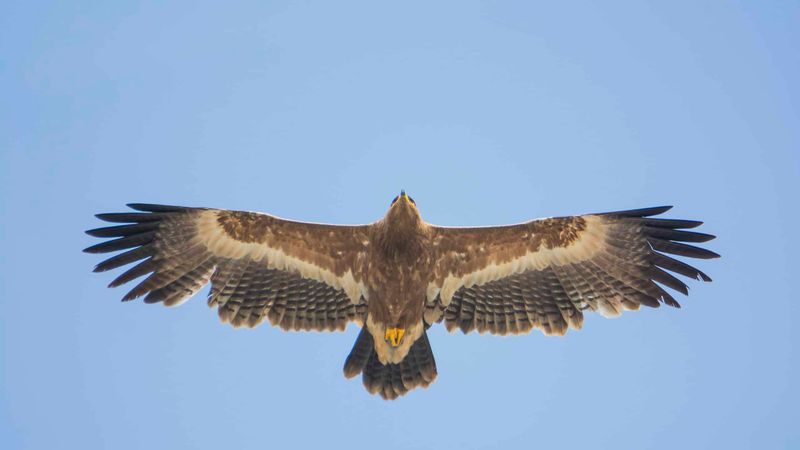
Steppe Eagles reach altitudes of 23,000 feet, journeying across continents during migration. Their strong flight and adaptability to different terrains make them fascinating subjects for ornithological studies.
They are admired for their resilience and tenacity.

